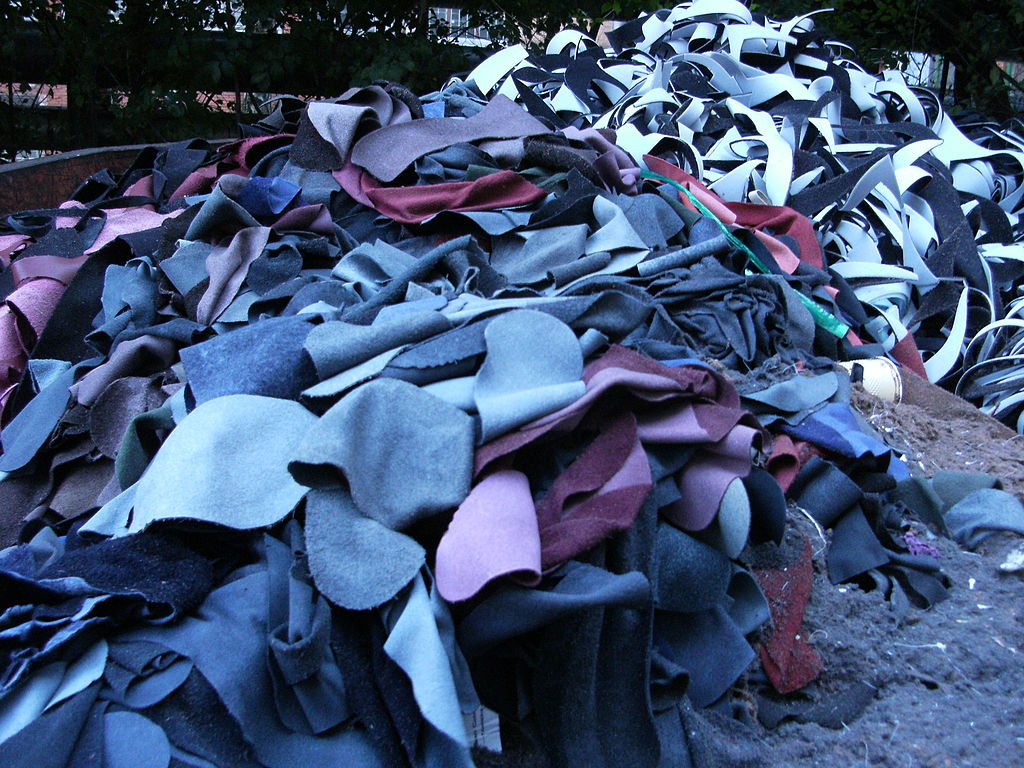Your cart is currently empty!
How To Distinguish Leather Straps
This video goes into inferior leather products, including fake leather that is designed to trick the customer who is enticed by an impossibly low price tag, or the vegan who doesn’t account for labor conditions.
HELD straps are a repurposed industrial material sourced from domestic factories. They are built to work, whereas most leather and vegan belts such as “PU Leather” are built to look good but rapidly decay, buckles break, contributing to waste, pollution, and exploitive labor, as they are rarely sourced from American manufacturers.
The leather industry has papered over the inferiority of their product with jargon. For example “top grain” leather is actually below the top surface, under the most durable layer of cow hide.
What is called “genuine” is not what most people believe it is. At best, there is a cosmetic layer of pure leather glued on top of particulate matter. At worst, it is ground up leather mixed with filler, bonded with toxic glues.
In some cases, a genuine leather product is recycled, derived from used or scrap waste, but any business claiming this should always be vetted for their sourcing and labor practices.
HELD straps are vulcanized sheets of fabric: cotton, polyester, nylon, or a blend. This involves tree-derived rubbers heated and cooled to fully embed the fabric sheets. The result is one fully formed material built for high stress conditions.
Industrial strength fabric is embedded within the rubber, similar to bicycle tires, and the composite product is immensely stronger than one or the other alone. It is excellent for hanging tools, rock climbing gear, and other auxiliaries.
One reason for the lack of raw hide leather in department stores is that many cows sustain all kinds of skin infections, from insect bites to disease. This leaves porous, unattractive mars on the surface of the leather. Raw hide leather is extremely durable, but if it comes from an abused cow, the actual surface of the hide is discarded and likely ground up for genuine leather products. This denotes a problem with animal exploitation in agriculture.
Pure raw hide leather straps from free range cows are difficult to find and very expensive. Top grain is the solution for leather fabricators who need a product they can sell that will last a few solid years. No good for vegans, however, and HELD is here to offer products for everyone.
The manufacturers we buy from pay living wages to workers. The HELD belt is a fractional runoff from a massive industry in which thousands of feet of conveyor belting is produced every day.
That we source a portion of our straps from unused production ends helps with industrial waste solutions. Weighed against manufacturing processes in the textile industry, and short life of inferior products, every Held belt around someone’s waist reduces at least two more units in the landfill from an inferior product.
When a Held belt becomes undesirable cosmetically, the strap can be repurposed in whole, as in belting a bed roll or something like that, or in parts, like hinges on a trunk or to hang a sign.
We hope this video helps you understand what you’re buying before you buy it, whether or not you choose HELD.


Leave a Reply